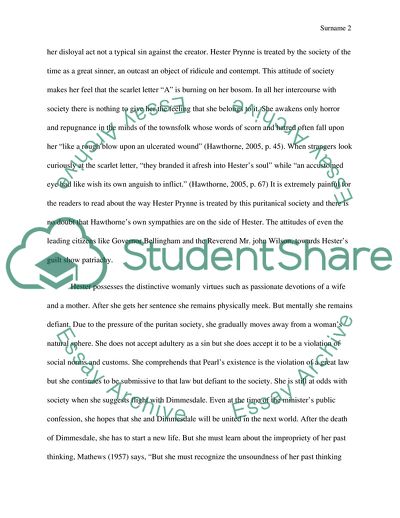Cite this document
(A Characteristics Analysis of Scarlett Letter Defying on Major Book Report/Review, n.d.)
A Characteristics Analysis of Scarlett Letter Defying on Major Book Report/Review. https://studentshare.org/literature/1762497-the-scarlet-letter
A Characteristics Analysis of Scarlett Letter Defying on Major Book Report/Review. https://studentshare.org/literature/1762497-the-scarlet-letter
(A Characteristics Analysis of Scarlett Letter Defying on Major Book Report/Review)
A Characteristics Analysis of Scarlett Letter Defying on Major Book Report/Review. https://studentshare.org/literature/1762497-the-scarlet-letter.
A Characteristics Analysis of Scarlett Letter Defying on Major Book Report/Review. https://studentshare.org/literature/1762497-the-scarlet-letter.
“A Characteristics Analysis of Scarlett Letter Defying on Major Book Report/Review”. https://studentshare.org/literature/1762497-the-scarlet-letter.


